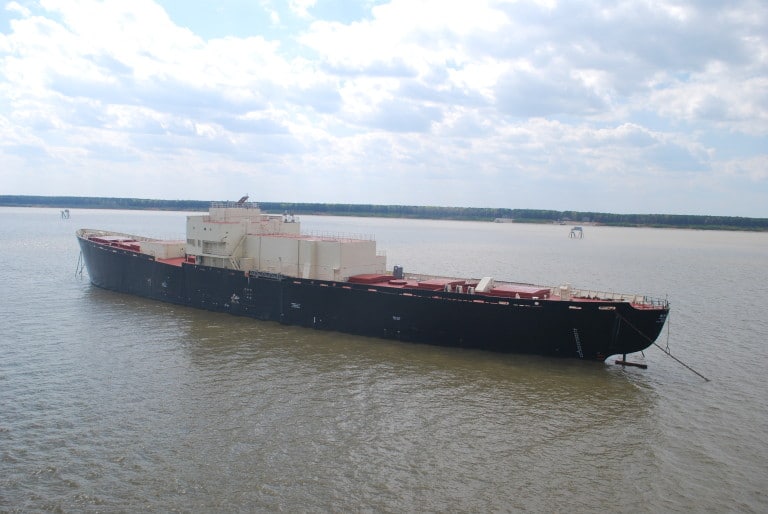Keep it Simple: Complex Systems Cost More
It must also be understood that the 60 percent efficient gas turbine combined cycle is a very sophisticated piece of machinery operating with its material at close to maximum limits.
A first generation Adams Engine might achieve a thermal efficiency of approximately 30-35 percent, instead of the 55-60 percent that is currently being advertised for advanced gas turbine power plants.
Many people seem offended by the very idea of producing a system that is less efficient than existing systems, but the important characteristics of a power plant in the current competitive world should be the cost of power and the overall efficiency of resource use, not the thermal efficiency of the machine.
Power Cost
The projected cost of heat input to an Adams Engine is 50 cents per million BTU or less. With a thermal efficiency of 33 percent, it takes approximately 10,000 BTUs of heat input to produce one kilowatt-hour of electricity. The computed fuel cost will be about 0.5 cents per kilowatt hour.
In contrast, a modern combined cycle power plant might achieve a thermal efficiency of 60 percent. That implies a heat rate of about 5700 BTUs per kilowatt hour. If the cost of the heat input to the plant is $2.40 per million BTUs, the fuel cost per kilowatt hour is about 1.4 cents.
It must also be understood that the 60 percent efficient gas turbine combined cycle is a very sophisticated piece of machinery operating with its material at close to maximum limits.
There is a cost associated with complexity. Equipment failures mean reduced production, sophisticated materials mean increased costs, intensive quality and maintenance control systems require additional staff.
Though an Adams Engine will be a nuclear system, and therefore will have to shoulder administrative burdens not currently required for fossil plants, the robust nature of its design should keep operational and manufacturing costs competitive.
Environmental Impact
The emissions control systems found in modern gas turbine power plants are wonders of intricate timing and combustion control in pursuit of ever lower numbers for nitrogen oxide (NOX) emissions and efficiency improvements.
This quest has been quite successful, with some machines being able to attain NOX levels of less than 10 ppm and CO2 emissions of 0.37 kilograms per kilowatt hour. By using clean natural gas, sulfur oxide (SOX) emissions have essentially been eliminated.
In contrast, the simple cycle Adams Engine, using a nuclear reactor design essentially identical to one built in Germany in the early 1960s will totally eliminate NOX, SOX and CO2 emissions.
Resource Conservation
Combustion gas turbines use chemical fuels with a wide variety of uses, some of which are of much higher value than mere burning.
In contrast, Adams Engines will use fuel materials that are not used in other industrial applications. In fact, because of the neutron economy available in graphite moderated reactors, Adams Engines will even be able to help extract additional energy from material that is now stored in cooling pools and referred to as “spent” nuclear fuel. In reality, less than four percent of the potential energy has been removed from that material. Making better use of it will enable continued economic growth without the environmental and financial costs of searching for new fuel sources.

